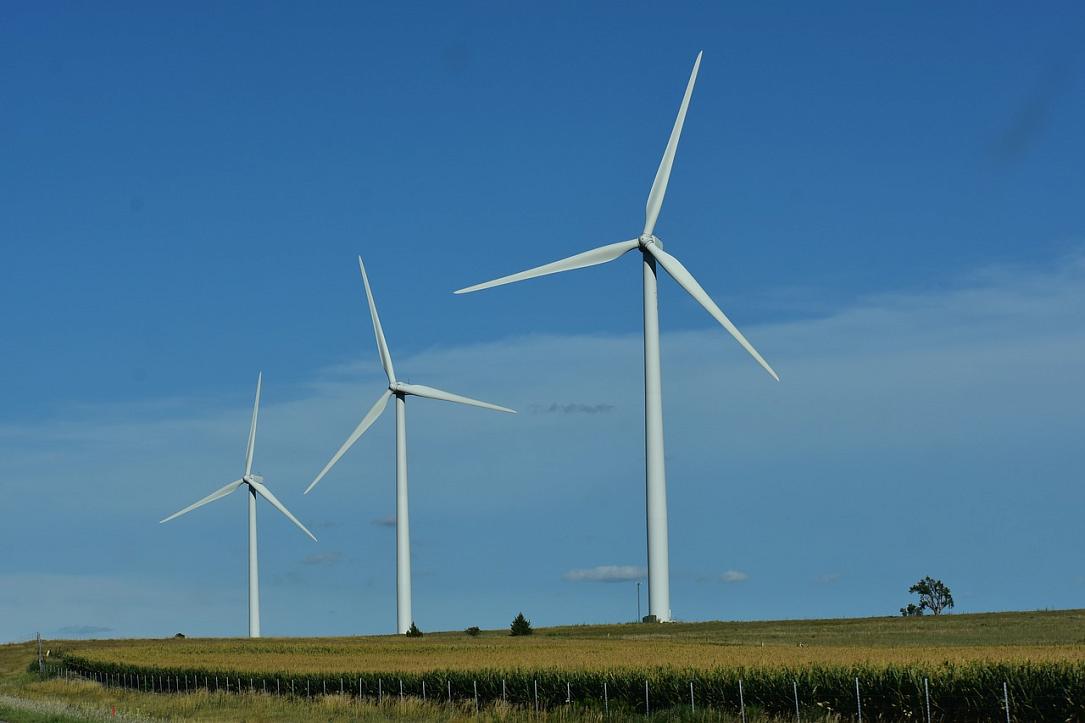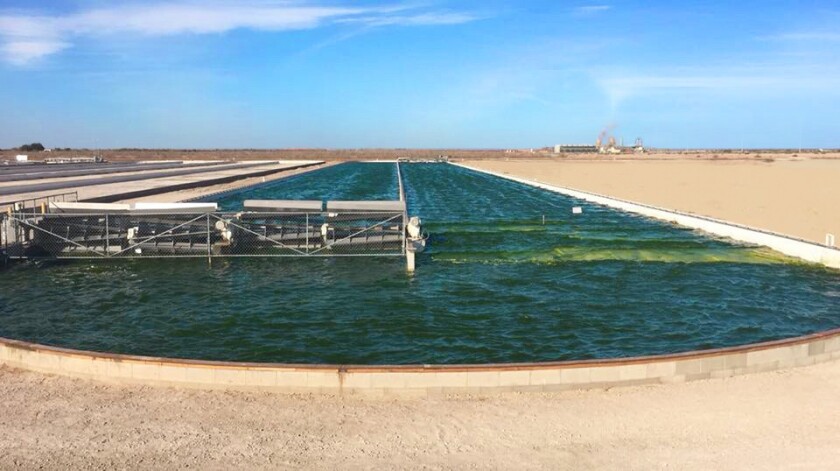Turn on your television, watch for long enough, and you are bound to see a commercial from a Big Oil company, most commonly ExxonMobil (like this). However, you may notice how these commercials are not your typical gasoline advertisement. No, they are advertising recent projects to explore different sources of energy that can one day replace oil and other fossil fuels. However, they are looking at different energy sources in areas other than what I explored last week. These “Big Oil” companies want to maintain their presence in the global economy and continue to reap in huge profits even as the fossil fuel industry declines. In more traditional areas of renewable energy, however, other players have already taken over. The Chinese company Jinko Solar is a major player in the solar energy industry, while the Danish company Vestas has grown to dominate wind turbines and energy production. Therefore, these Big Oil companies must find another avenue, one that will allow them to continue to make money. So just what do these projects look like?


Big Oil companies are, for the most part, researching the biofuel route in hopes of finding another source of energy that can help them stay profitable in this age of renewable energy. Faced with the dual challenge of meeting the growing global energy demand while simultaneously reducing environmental impacts of said energy, research and development in these companies have been even more active in recent years. ExxonMobil, for example, reports that the company has invested nearly $250 million in the past decade on biofuels alone. ExxonMobil has taken on the biofuel challenge head-on, a clear leader in the emerging field. Much of their research goes towards CO2 emissions and reducing said emissions today. Their research topics look to reduce CO2 emissions in 3 major areas: transportation, power generation, and manufacturing. If companies like ExxonMobile cannot come up with better ways to reduce emissions from processes like these, other forms of energy may begin to dominate.

About 25% of global CO2 emissions come from transportation; power generation accounts for another 40%, while manufacturing adds another 30%. ExxonMobile is exploring many different methods in order to solve these problems, hopefully minimizing CO2 emissions to the point were CO2 emission may not be a problem facing the environment. Using the $250 million I mentioned before, the company is exploring many different methods, including: advanced biofuels, carbon capture and storage, and cogeneration. Not only could these different methods mimic the energy production of fossil fuels without many of the greenhouse production, biofuels based off of organisms such as algae would minimize the impact on land, water resources, and food production as compared to current biofuels, such as corn and cane sugar. Although these ideas may seem extremely futuristic, ExxonMobil began field testing algae strains in 2018; the company expects to be able to produce 10,000 barrels of algae biofuels a day by the year 2025. A short 5 years from now, we may be able to power our cars with algae. If these biofuels turn out to work as planned, this new branch of renewable energy may be around to stay for a while; we can only wait and see!
